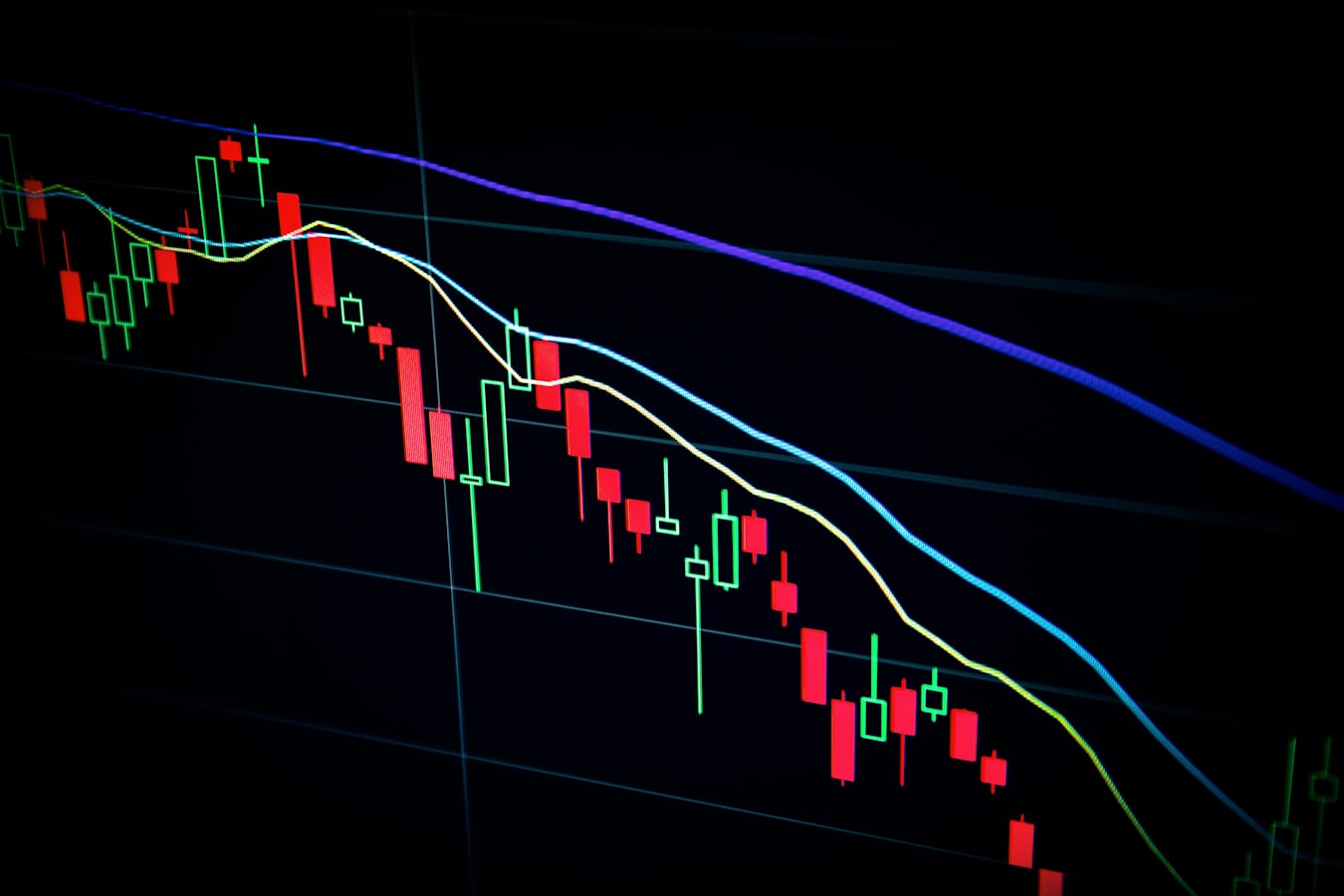📚 Table of Contents
What Is Dividend Investing?
Dividend investing is a strategy where investors focus on purchasing stocks or funds that pay regular dividends, providing a steady income stream. Unlike growth stocks, which reinvest profits back into the business, dividend-paying companies distribute a portion of their earnings to shareholders. This approach is particularly attractive for those seeking passive income, retirees, or investors looking for stability in volatile markets.
In 2025, dividend investing remains a cornerstone of long-term wealth-building strategies. Companies with a strong history of dividend payments often demonstrate financial health and disciplined management. For example, blue-chip stocks like Coca-Cola and Johnson & Johnson have consistently paid dividends for decades, making them reliable choices for income-focused investors.
Benefits of Dividend Investing
One of the primary advantages of dividend investing is the ability to generate passive income. Whether reinvested or taken as cash, dividends provide a tangible return on investment without selling shares. Additionally, dividend-paying stocks tend to be less volatile than non-dividend stocks, offering a cushion during market downturns.
Another key benefit is compounding. By reinvesting dividends, investors can purchase additional shares, leading to exponential growth over time. For instance, a $10,000 investment in a stock with a 4% dividend yield that grows at 6% annually could balloon to over $50,000 in 30 years, assuming dividends are reinvested.
Dividend stocks also offer inflation protection. Many companies increase their dividends annually, helping investors maintain purchasing power. For example, Procter & Gamble has raised its dividend for over 60 consecutive years, showcasing resilience even in challenging economic climates.
How to Start Dividend Investing in 2025
Starting a dividend portfolio requires careful planning. First, assess your financial goals—are you seeking income now or long-term growth? Next, research high-quality dividend stocks with a history of consistent payouts. Key metrics to evaluate include:
- Dividend Yield: Annual dividend payment divided by stock price.
- Payout Ratio: Percentage of earnings paid as dividends (ideally below 60%).
- Dividend Growth Rate: How quickly dividends increase over time.
Diversification is crucial. Avoid concentrating in a single sector; instead, spread investments across industries like healthcare, utilities, and consumer staples. Tools like Dividend Aristocrats—S&P 500 companies with 25+ years of dividend increases—can help identify stable candidates.
Best Dividend Stocks for 2025
In 2025, several stocks stand out for their dividend potential:
- Microsoft (MSFT): Combines growth with a rising dividend (yield ~0.8%, but strong growth).
- Verizon (VZ): High yield (~6.5%) with telecom stability.
- AbbVie (ABBV): Pharmaceutical giant with a ~3.8% yield and consistent hikes.
Real estate investment trusts (REITs) like Realty Income (O) also offer attractive yields (around 5%) due to mandatory high payout ratios.
Dividend ETFs and Funds
For beginners, dividend ETFs provide instant diversification. Top picks for 2025 include:
- Vanguard Dividend Appreciation ETF (VIG): Tracks companies with 10+ years of dividend growth.
- Schwab U.S. Dividend Equity ETF (SCHD): Focuses on high-yield, financially healthy firms.
Mutual funds like Fidelity Dividend Growth Fund (FDGFX) also offer professionally managed exposure to dividend growers.
Tax Implications of Dividend Investing
Dividends are taxed differently based on type:
- Qualified Dividends: Taxed at long-term capital gains rates (0%, 15%, or 20%).
- Non-Qualified Dividends: Taxed as ordinary income (up to 37%).
Holding stocks for 60+ days within a 121-day window around the ex-dividend date typically qualifies dividends for lower rates. Tax-advantaged accounts (e.g., IRAs) can defer or eliminate these taxes.
Common Mistakes to Avoid
Investors often chase excessively high yields, which can signal financial distress (e.g., AT&T’s cut in 2022). Others neglect diversification, overloading on sectors like energy. Timing the market is another pitfall—dividend investing thrives on patience and consistency.
Conclusion
Dividend investing in 2025 remains a powerful strategy for building wealth and generating income. By focusing on quality stocks, diversifying across sectors, and reinvesting dividends, investors can achieve financial stability and growth. Start small, stay disciplined, and let compounding work its magic over time.


Leave a Reply